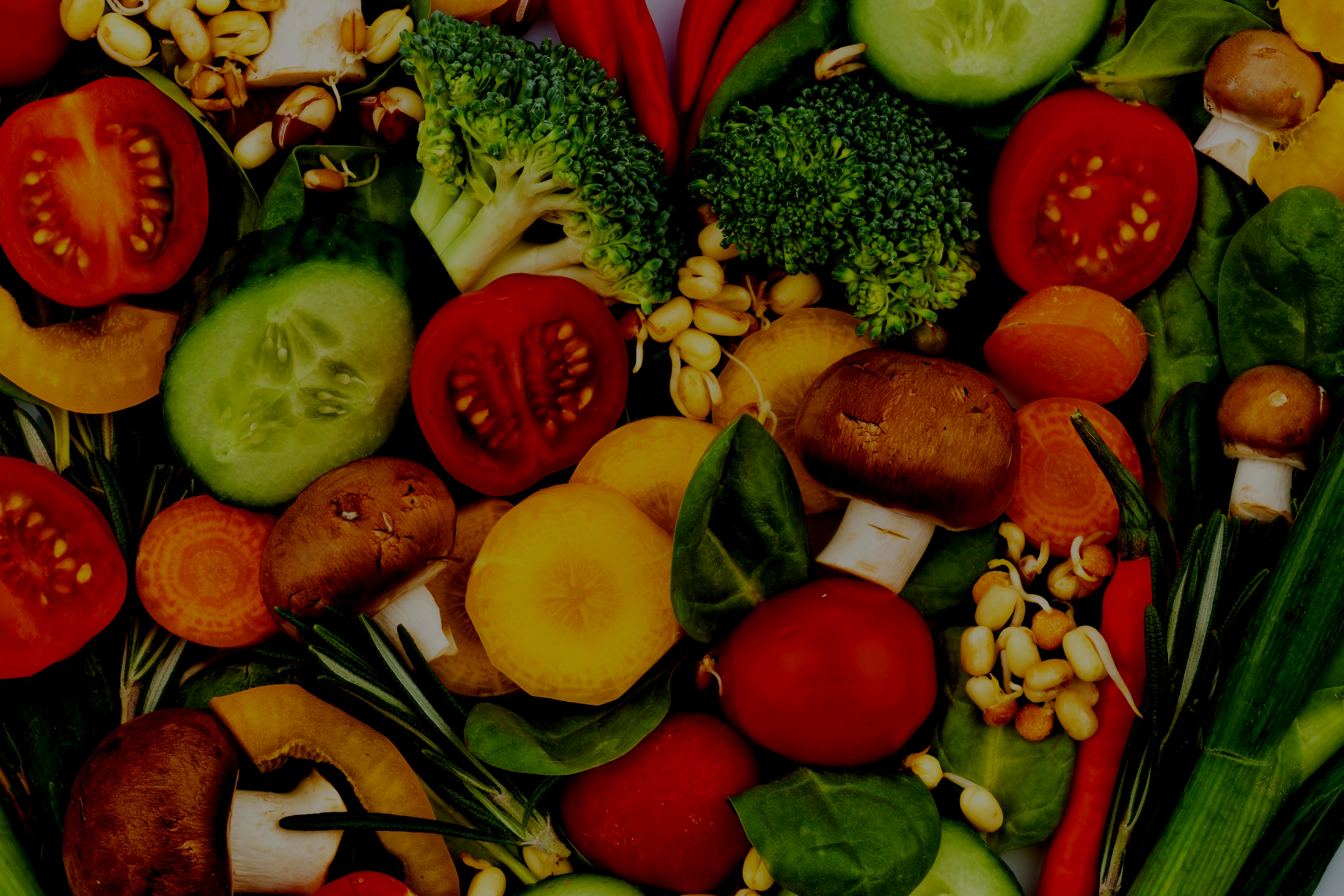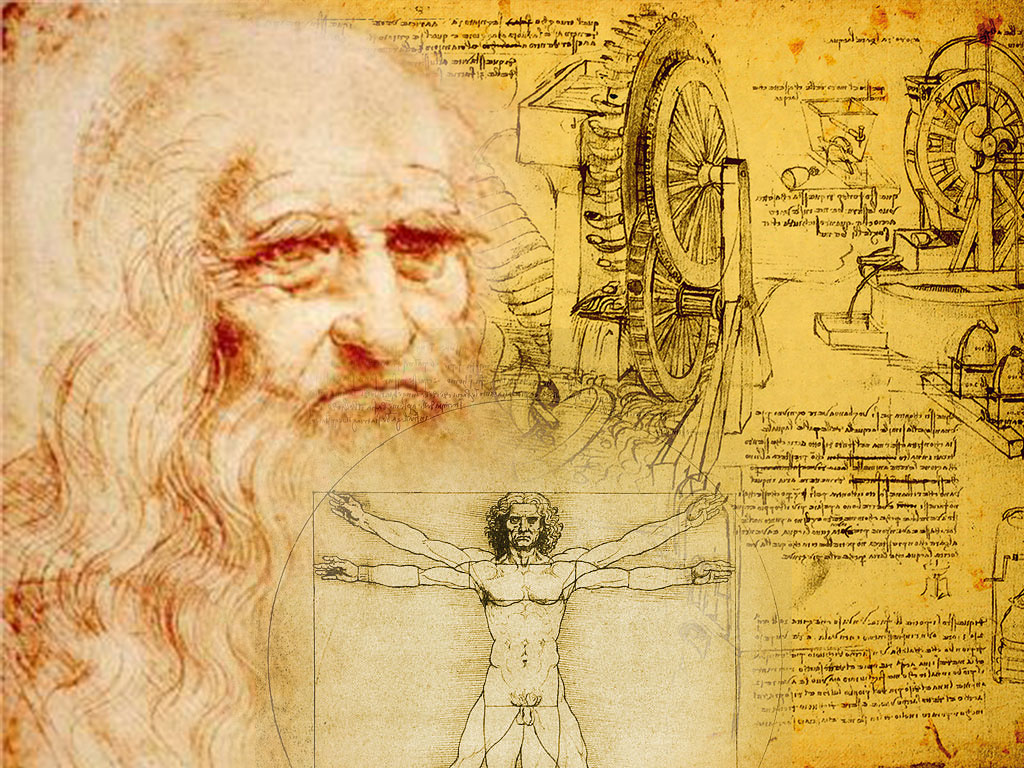
ART COMES IN ALL SHAPES AND FORMS.
April 27, 2022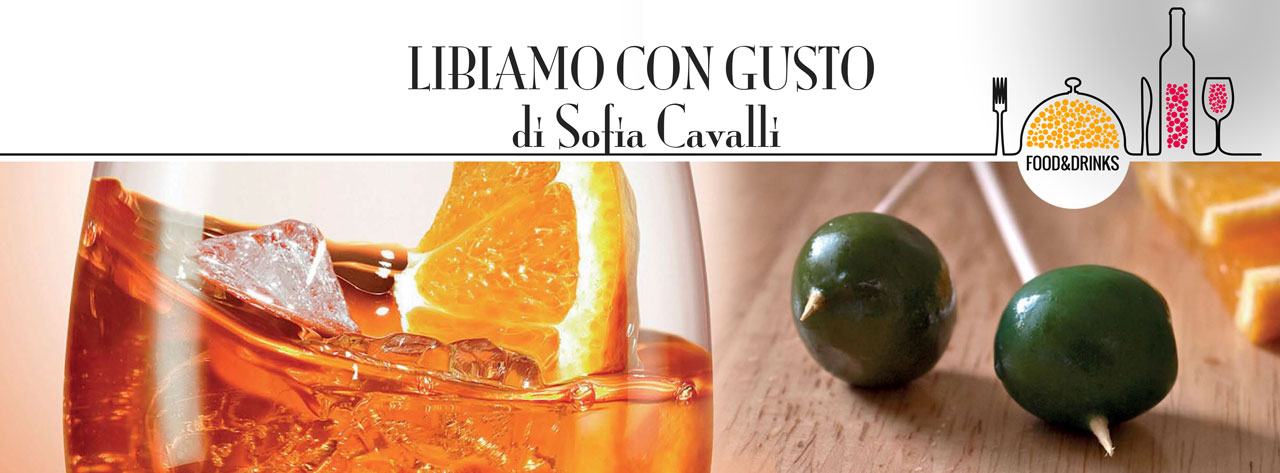
The Art of the Aperitif
April 30, 2022By Maria Mekhael
As a Nutritional Therapist, I frequently witness the multitude of anxieties that people experience around diet, and many of these manifest as a search for the “perfect” food or nutritional system.
Friends, clients and family constantly seek a revelation of the “best” diet, obsessing over the intricate chemical properties of various dietary components: ratios of carbohydrate, vitamin percentages, types of protein, optimal amounts of different fatty acids, or total antioxidant levels. But these are only half the story.
 Nutrition is as much an art as it is a science; the question of how we eat and approach food is equally as important as what we eat. It is easy to become apathetic when confronted with endless mixed messages from the media about carcinogens in food, mercury in fish, or hormones in milk. Yet the majority of the general public know to put quality over quantity, consume more plant food, increase wholegrains, and reduce “anti-nutrients” ubiquitously present in processed foods. However, the obesity crisis and evident overconsumption of nutrient-poor food speaks to a great mismatch between thought and deed, and between nutritional knowledge and eating behaviour. Satisfying a biological urge (hunger) is instinctual, but knowing how, what, when and how much to eat is as much “nurture” as “nature”. Each of us creates our own “way” of eating cumulatively from family habits, environmental exposures, socio-cultural influences and taste preferences. These patterns and are tastebuds are malleable, and manipulated by food manufacturers, marketing campaigns, political will and the global forces shaping the availability and accessibility of food.
Nutrition is as much an art as it is a science; the question of how we eat and approach food is equally as important as what we eat. It is easy to become apathetic when confronted with endless mixed messages from the media about carcinogens in food, mercury in fish, or hormones in milk. Yet the majority of the general public know to put quality over quantity, consume more plant food, increase wholegrains, and reduce “anti-nutrients” ubiquitously present in processed foods. However, the obesity crisis and evident overconsumption of nutrient-poor food speaks to a great mismatch between thought and deed, and between nutritional knowledge and eating behaviour. Satisfying a biological urge (hunger) is instinctual, but knowing how, what, when and how much to eat is as much “nurture” as “nature”. Each of us creates our own “way” of eating cumulatively from family habits, environmental exposures, socio-cultural influences and taste preferences. These patterns and are tastebuds are malleable, and manipulated by food manufacturers, marketing campaigns, political will and the global forces shaping the availability and accessibility of food.
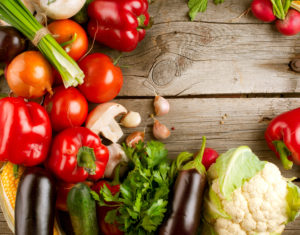 Science can tell us which foods to eat, but it cannot affect the meaning that people attach to eating, their relationship with food, and the numerous other behavioural and cognitive factors that affect optimal metabolism, digestion and assimilation of nutrients. Many of these (including relaxation, posture and chewing), appear so basic that we seldom stop to think of them at all, though their physiological consequences are numerous and critical to recognising internal cues of hunger and satiety.
Science can tell us which foods to eat, but it cannot affect the meaning that people attach to eating, their relationship with food, and the numerous other behavioural and cognitive factors that affect optimal metabolism, digestion and assimilation of nutrients. Many of these (including relaxation, posture and chewing), appear so basic that we seldom stop to think of them at all, though their physiological consequences are numerous and critical to recognising internal cues of hunger and satiety.
For many people, the very act of eating has ceased to be a basic need, instead seen as a nuisance to be squeezed into a busy work schedule, one more obligation amongst a long office “to-do” list which posits the eater in a fundamental battle between career responsibilities and self-care. In particular, eating under stress is now not only common, it has evolved to become socially acceptable, and makes nourishment secondary to work, business, and “getting things done.” In the retail sphere, convenience is continually pitted against nourishment in the form of microwavable ready-meals, dehydrated pot lunches, and nutrition-in-a-bottle subverting the true meaning of food and eating and sometimes, relinquishing the need to eat altogether. Such products may offer sustenance, but the vital ingredients of aesthetics, aroma, texture and pleasure are notably absent.

The Art of Eating
Beyond “food as fuel”: the importance of relaxed dining
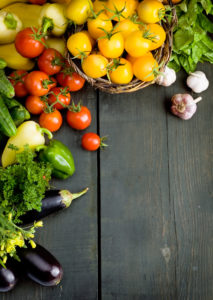 In fact, our mental state and our sensory experience of food when we eat are critical to both digestion and metabolism. Grabbing food on the run, munching in the car, or guzzling food in front of a computer screen induces a physiological stress response. This shifts the body into fight-or-flight mode whereby heart rate increases, blood pressure goes up, respiration quickens and a flood of stress hormones such as adrenaline, noradrenaline and cortisol are released into the circulatory system. The net result of this is to route blood away from the midsection towards the head, arms and legs, enabling the thinking, power and metabolic functions traditionally necessary for escape and survival, a safety feature of our central nervous system that is derivative of our Hunter-Gatherer pasts.
In fact, our mental state and our sensory experience of food when we eat are critical to both digestion and metabolism. Grabbing food on the run, munching in the car, or guzzling food in front of a computer screen induces a physiological stress response. This shifts the body into fight-or-flight mode whereby heart rate increases, blood pressure goes up, respiration quickens and a flood of stress hormones such as adrenaline, noradrenaline and cortisol are released into the circulatory system. The net result of this is to route blood away from the midsection towards the head, arms and legs, enabling the thinking, power and metabolic functions traditionally necessary for escape and survival, a safety feature of our central nervous system that is derivative of our Hunter-Gatherer pasts.
The repercussions of this physiological response end in some degree of digestive shutdown. Even if you eat a wonderfully nutrient-dense “healthy” meal, consuming it in a frenzied anxiety or when you are overloaded with deadlines (and mentally thinking about anything except food) means that digestive capacity is drastically reduced and alongside this, the ability to optimally break down and extract optimum nutrition from food is diminished. Salivary enzyme secretion in the mouth is reduced, gastric enzymes in the stomach are impaired, blood flow to the intestines is decreased – and this translates into fewer vitamins, minerals and overall nutrients absorbed. Put simply, the part of our brain that turns on stress in effect turns off digestion through different nervous system responses. The art of eating well therefore requires the opposite of “fast food culture,” through a collective return to valuing time and relaxed eating as essential prerequisites to optimal metabolism.
“Eat with your brain:” Digestion begins in the mind
Eating in a relaxed state, slowly and consciously is not only critical to optimum digestive capacity and maximum nutrient absorption, it is also fundamental to appetite management.
 Nutritionists often refer to the cephalic phase of the digestive response, (literally meaning “of the head”), which encapsulates an awareness of what we are eating and the importance of the sensory stimulation of food, including taste, aroma, visual appearance and satiety. Different senses and hormonal messaging initiate the secretion of saliva, digestive enzymes and stomach acid, as well as gut neuropeptides which signal satiety, fullness and indicate when to stop eating. In fact, scientists estimate that as much as 30 to 40 percent of our total digestive response to a meal is affected by this sensory cephalic phase which underlines the importance of “mindful eating,” registering the different flavours, textures, smells and colours.
Nutritionists often refer to the cephalic phase of the digestive response, (literally meaning “of the head”), which encapsulates an awareness of what we are eating and the importance of the sensory stimulation of food, including taste, aroma, visual appearance and satiety. Different senses and hormonal messaging initiate the secretion of saliva, digestive enzymes and stomach acid, as well as gut neuropeptides which signal satiety, fullness and indicate when to stop eating. In fact, scientists estimate that as much as 30 to 40 percent of our total digestive response to a meal is affected by this sensory cephalic phase which underlines the importance of “mindful eating,” registering the different flavours, textures, smells and colours.
 Our sensory responses to food catalyse important chemical signals to increase blood flow and oxygenation to the digestive organs, causing rhythmic contractions of the stomach and intestines as well as changes in electrolyte concentrations, in order to prepare the digestive tract for incoming sustenance.
Our sensory responses to food catalyse important chemical signals to increase blood flow and oxygenation to the digestive organs, causing rhythmic contractions of the stomach and intestines as well as changes in electrolyte concentrations, in order to prepare the digestive tract for incoming sustenance.
Paying attention to the experience of eating thus allows the brain to properly register taste, pleasure and crucially, satisfaction. Eating too quickly, on the run, or failing to properly notice food can interfere with our ability to regulate hunger; without the sensory experience of the cephalic phase the complex hormonal signals of appetite and satiety may be distorted.
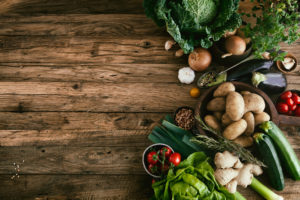 The importance of chewing is also regularly overlooked. Chemical receptors on the tongue and the oral and nasal cavities are stimulated by our sensory attention to the smell and taste of food, as well as chewing with the mouth the first step in the digestive process. Here, the chemical digestion of starches is initiated with the enzyme amylase in saliva that breaks down carbohydrate molecules. Chewing your food thoroughly is critical for the mechanical digestion of food, which increases the surface area by breaking it down into smaller pieces. This is essential to ensure that when the food reaches the stomach, the number of molecules exposed to this gastric acidity and particular enzymatic environment is maximised. This is especially important with meat, as the greater a food’s protein content, the higher the level of stomach acidity required to digest it and this can lead to irritation of the stomach lining and acid indigestion.
The importance of chewing is also regularly overlooked. Chemical receptors on the tongue and the oral and nasal cavities are stimulated by our sensory attention to the smell and taste of food, as well as chewing with the mouth the first step in the digestive process. Here, the chemical digestion of starches is initiated with the enzyme amylase in saliva that breaks down carbohydrate molecules. Chewing your food thoroughly is critical for the mechanical digestion of food, which increases the surface area by breaking it down into smaller pieces. This is essential to ensure that when the food reaches the stomach, the number of molecules exposed to this gastric acidity and particular enzymatic environment is maximised. This is especially important with meat, as the greater a food’s protein content, the higher the level of stomach acidity required to digest it and this can lead to irritation of the stomach lining and acid indigestion.
 Eating in Alignment
Eating in Alignment
Another element of the art of eating which is frequently neglected is posture and positioning while eating. This can influence the experience of a meal, awareness of appetite and taste sensation, as well as decreasing overall digestive capacity. Sensing and tasting food properly depends on complex chemical and neural signals to the brain from the taste buds. Sitting straight with the head up exposes food to the full surface of the tongue and multiple taste receptors which have different degrees of sensitivity (e.g. bitter, sweet salty, sour). Look around a restaurant and you will see that many are guilty of slouching forward with the neck tilted over a table. This also constricts the natural alignment of the oesophagus, inhibits full peristalsis (the rhythmic contractions which move food down into the stomach), as well as respiration which ensures oxygenated blood flow to the digestive organs. Sometimes, this also leads to swallowing air when eating (causing bloating), and the feeling that food has “gone down the wrong way.” On top of this, bending the spine and curving forward may compress nerves, meaning important messaging to the brain about taste and appetite are transmitted less effectively.
Though most of us know this, it is remarkable how little attention we pay to the act of eating itself, and its impact on nourishment. Significant time and column inches are devoted to the moralisation of food, glorifying one nutrient against a demonization of another. The science of mind-body nutrition illustrates the complex connection between behaviour, emotions, and the biochemistry of the body, showing eating to be an art; as psychological and cultural as it is instinctual. Though it appears rudimentary, acknowledging the effect that conscious eating has on our metabolism – as well as the various processes of digestion, nutrient assimilation and elimination – is important. In looking to cultivate more positive food and dietary habits we should remember that “the art of how we eat”, may be as critical to optimum health and wellbeing as the nutritional value of our plates.
 Maria Mekhael MA (Hons), MSc, DipNLP, DipION, mBANT CHNC reg. Maria trained at the world renowned Institute of Optimum Nutrition, graduating with a distinction in Nutritional Therapy in 2015. She offers individual nutrition consultations in London, and also works as a Nutritionist for a Nursery and Preparatory School in Fulham. In addition, Maria is involved in various health-related partnerships and projects, including advisory work for start-up health brands.
Maria Mekhael MA (Hons), MSc, DipNLP, DipION, mBANT CHNC reg. Maria trained at the world renowned Institute of Optimum Nutrition, graduating with a distinction in Nutritional Therapy in 2015. She offers individual nutrition consultations in London, and also works as a Nutritionist for a Nursery and Preparatory School in Fulham. In addition, Maria is involved in various health-related partnerships and projects, including advisory work for start-up health brands.
